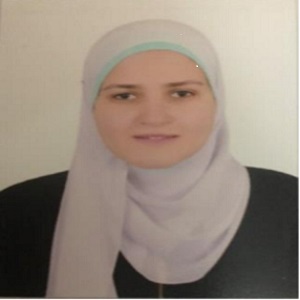
Title: Controlled Delivery of Pan-PAD-inhibitor Cl-amidine using Poly (3-hydroxybutyrate) Microspheres.
Summary
This study deals with the process of optimization and synthesis of Poly(3-
hydroxybutyrate) microspheres with encapsulated Cl-amidine. Cl-amidine is an inhibitor of
peptidylarginine deiminases (PADs), a group of calcium-dependent enzymes, which play
critical roles in a number of pathologies, including autoimmune and neurodegenerative
diseases, as well as cancer. While Cl-amidine application has been assessed in a number of
in vitro and in vivo models, methods of controlled release delivery remain to be investigated.
P(3HB) microspheres have proven to be an effective delivery system for several compounds
applied in antimicrobial, wound healing, cancer, cardiovascular and regenerative disease
models. In the current study, P(3HB) microspheres with encapsulated Cl-amidine were
produced in a size ranging from ~4-5µm and characterized for surface morphology, porosity,
hydrophobicity and protein adsorption, in comparison with empty P(3HB) microspheres. Clamidine encapsulation in P(3HB) microspheres was optimized and these were found to be
less hydrophobic, compared with the empty microspheres and subsequently adsorbed a
lower amount of protein on their surface. The release kinetics of Cl-amidine from the
microspheres were assessed in vitro and expressed as a function of encapsulation efficiency.
There was a burst release of ~50% Cl-amidine in the first 24 hours and a zero order release
from that point up to 16 days, at which time point ~93% of the drug had been released. As
Cl-amidine has been associated with anti-cancer effects, the Cl-amidine encapsulated
microspheres were assessed for the inhibition of the Vascular Endothelial Growth Factor
(VEGF) expression in the mammalian breast cancer cell line SK-BR-3, also in the presence
of the anti-proliferative drug rapamycin. The cytotoxicity of the combinatorial effect of
rapamycin with Cl-amidine encapsulated P(3HB) microspheres was found to be 3.5% more
effective within a 24 hour time period. The cells treated with Cl-amidine encapsulated
microspheres alone, were found to have 36.5% reduction in VEGF expression when
compared with untreated SK-BR-3 cells. This indicates that controlled release of Cl-amidine
from P(3HB) microspheres may affect tumor vascularization, growth and metastasis via
regulation of VEGF. Furthermore, it has synergistic effect with chemotherapeutic agents,
such as rapamycin. In addition to putative application in cancer, controlled delivery of Clamidine may be relevant for targeted application in CNS pathologies where Cl-amidine
application has previously been shown to be neuroprotective. Using controlled drug-delivery
of Cl-amidine encapsulated in Poly(3-hydroxybutyrate) microspheres may be a promising
novel strategy for application in a number of PAD-associated pathologies.